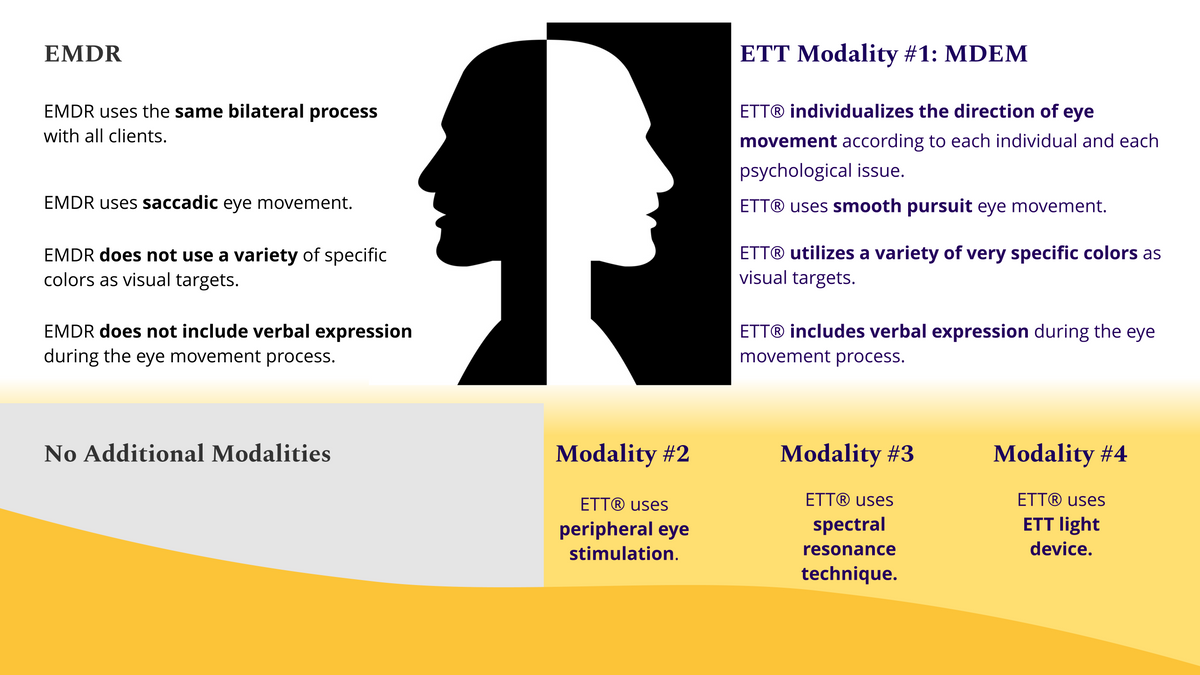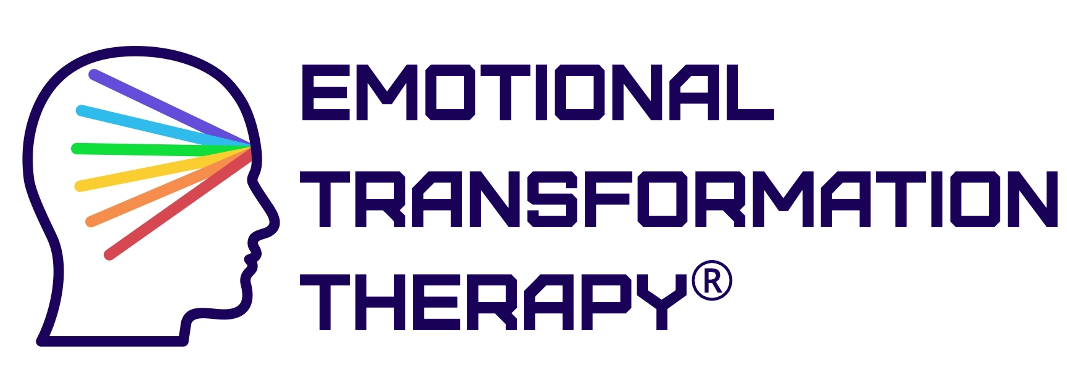Examining conventional approaches to addiction and comparing them with Emotional Transformation Therapy
A New Approach to Addiction Treatment with ETT®
The Conventional Approach: Relapses, Recovery & Medications
Conventional addiction treatment has a long history of people having multiple relapses. That process does not claim to produce long-term benefits and classifies people as “in recovery," meaning that susceptibility to addictions will continue to exist life-long.
Treating drug addictions with medication possesses significant limitations.
● Most drugs used to treat addictions attempt to take away the “high” without resolving causal factors of the addiction, leaving the addict with unmet needs regardless of being sober.
● All medications have side-effects that potentially create new problems.
● Pharmaceuticals can only target one or two classes of drugs which limits their effectiveness for poly-drug users.
● There is a risk of becoming dependent on the pharmaceutical agent which simply transfers one addiction to another.
A New Approach to Addiction Treatment
Utilizing ETT® for addiction treatment has demonstrated little or no relapses in the prevalence of clients. ETT® is a non-pharmaceutical approach which specifically targets the brain mechanisms involved in the sequence of the addictive neural network, long-term outcomes have been reported.
In addition, most clients with addictions possess implicit unresolved emotional memory that are often causal or contributing factors for addictions, and these emotions are not easily accessible through conscious talk. Therefore, procedures dependent on conscious verbal dialogue alone are unlikely to access or address these issues.
This approach can access and change underlying co-occurring disorders. The approach is called the Addictive Template Model of addiction treatment due to its propensity to uncover underlying contributing factors and rapidly change them.

Excellent Outcomes with ETT®
ETT® provided better reported outcomes for the treatment of:
- Trauma
- Depression
- Anxiety disorders
- Physical pain
How ETT® is Technically Different from EMDR
Technically speaking, ETT® is significantly different from EMDR. The primary commanilty between both modalities is that the client's eyes are a part of the process.
EMDR uses the same basic premise of bilateral stimulation for each of its two procedures. ETT® employs four modalities that include several procedures within each modality.

A Closer Look
When observed side-by-side, EMDR uses the same bilateral process with all clients, whereas ETT® individualizes the direction of eye movement according to each individual and each psychological issue. EMDR uses saccadic eye movement, where ETT® uses smooth pursuit eye movement. ETT® utilizes a variety of very specific colors as visual targets, and EMDR does not. ETT® includes verbal expression during the eye movement process, whereas EMDR does not.
The other three ETT® modalities do not resesmble EMDR at all. ETT® uses attachment-based interpersonal processes wherein outcomes are radically enhanced by precise visual brain stimulation during emotional engagement. Through this means the brain mechanisms responsible for either psychological or physical symptoms can be accessed and changed.
Reports by therapists and their clients consistently suggest that comparative outcomes with ETT® vs. EMDR indicate radically beneficial outcomes with ETT®. While EMDR is far more widespread and recognized, ETT® is growing in reach and application.
Attend an upcoming training to learn more.
